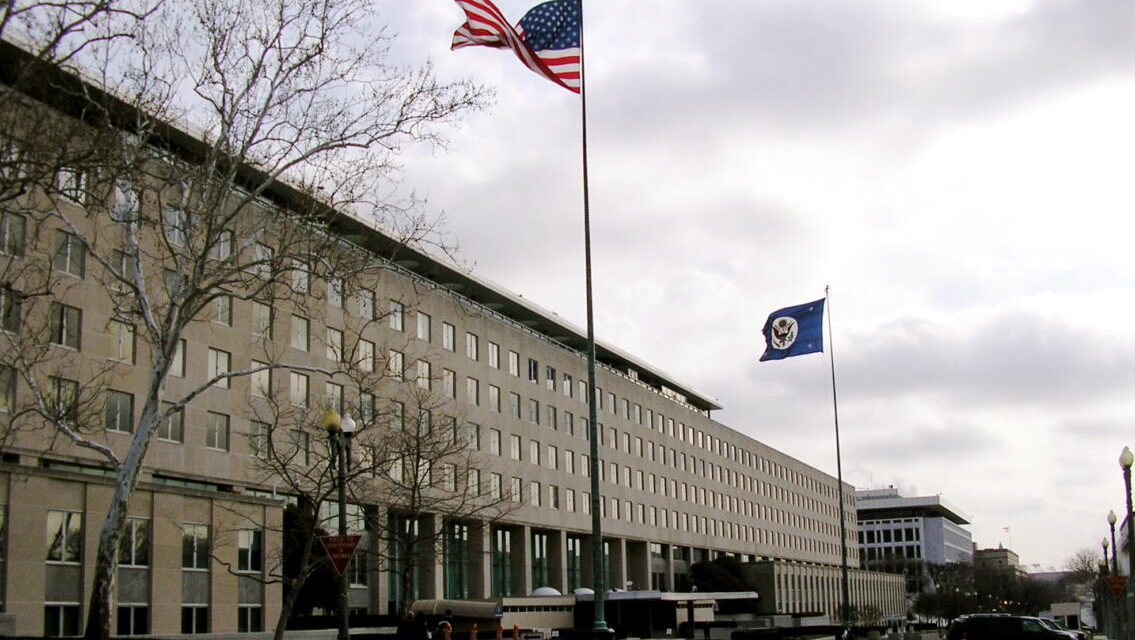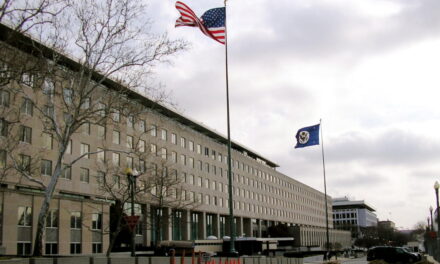.
Exclusive: Iran hijacked US drone, says Iranian engineer (Video)
(CS Monitor) – Iran guided the CIA’s “lost” stealth drone to an intact landing inside hostile territory by exploiting a navigational weakness long-known to the US military, according to an Iranian engineer now working on the captured drone’s systems inside Iran.
Iranian electronic warfare specialists were able to cut off communications links of the American bat-wing RQ-170 Sentinel, says the engineer, who works for one of many Iranian military and civilian teams currently trying to unravel the drone’s stealth and intelligence secrets, and who could not be named for his safety.
Using knowledge gleaned from previous downed American drones and a technique proudly claimed by Iranian commanders in September, the Iranian specialists then reconfigured the drone’s GPS coordinates to make it land in Iran at what the drone thought was its actual home base in Afghanistan.
Avtobaza: Iran’s weapon in alleged RQ-170 affair?
Could this be the smoking electron in the alleged unmanned air vehicle (UAV) incident over Iran?
Moscow has sold Iran the highly-advanced Avtobaza truck-mounted systems capable of jamming aircraft radar and the electronic guidance instruments of attacking missiles. The deal, announced in Moscow Tuesday, Oct. 25, substantially boosts Russian military assistance to the Islamic Republic, especially of defensive weaponry. The US and Israel suspect the Avtobaza jammers are only the first installment of the complete ELINT-electronic signals system for disabling planes and missiles over the entire Persian Gulf and the Caspian Sea.
These radar jammers are a component of Russia’s most sophisticated anti-aircraft and electronic warfare system for the early warning of approaching assault planes and missiles. Avtobaza is only part of the complete system. Its job is to transmit incoming information via optic fibers to separate electronic command centers and central air defense commands which then act to foil air or missile attacks.
The full ELINT-electronic signals intelligence system would enable Iran to identity and react to any aerial or missile movements – not only over its territory but in the skies of the entire Persian Gulf and the Caspian Sea. Debkafile’s military sources describe the Avrobaza system as able to simultaneously detect and electronically jam 60 targets within a 150-kilometer radius at angles ranging 360 degrees on 20 minutes notice.
Kvant 1L222 Avtobaza ELINT System
The Avtobaza ELINT system is designed to detect airborne side-looking radars, air-to-ground fire-control radars and low-altitude flight control radars, as well as to provide intelligence data for the 1L125M APUR.
On reverse-engineering and getting the secrets out of the RQ-170 drone …
“It Won’t Be Easy for Iran to Dissect, Copy U.S. Drone”
(Wired.com) – Iran will probably need help from arms exporters Russia and China in breaking down the flying-wing unmanned aerial vehicle (UAV) — meaning the RQ-170′s secrets could ultimately fall into the hands of, well, pretty much every country with an interest in sticking it to Uncle Sam. Luckily for Washington, however, reverse-engineering a high-tech drone is easier said than done.
The drone inspectors will start by studying the Sentinel’s basic construction, particularly the details of its radar-evading shape. “Anyone can copy the shape of the vehicle or figure out the optimal geometry,” says the other UAV designer, who worked on Boeing’s X-45, a contemporary of the Lockheed Martin-built RQ-170.
“Seam treatments” — that is, techniques for making welds undetectable to radar — “are somewhat of a secret, but not too hard for someone to figure out,” the Boeing engineer tells Danger Room. “Engines and routine things like that, no big deal,” the source adds. “However, exhaust ducting is another matter.” The drone’s tailpipe is probably made of carefully tailored materials, reflecting decades of cutting-edge research.
After examining the (alleged) RQ-170′s airframe, they will likely focus on its sensors. We don’t know for sure what devices the Sentinel carries, but it could include video cameras and a ground-mapping radar. The Darpa robot designer says the RQ-170′s radar — if it carries one — could share subsystems with the radars on the latest F-22 and F-35 stealth fighters, which might give U.S. adversaries some insight into how those planes operate, too.
"But I will not let myself be reduced to silence."





